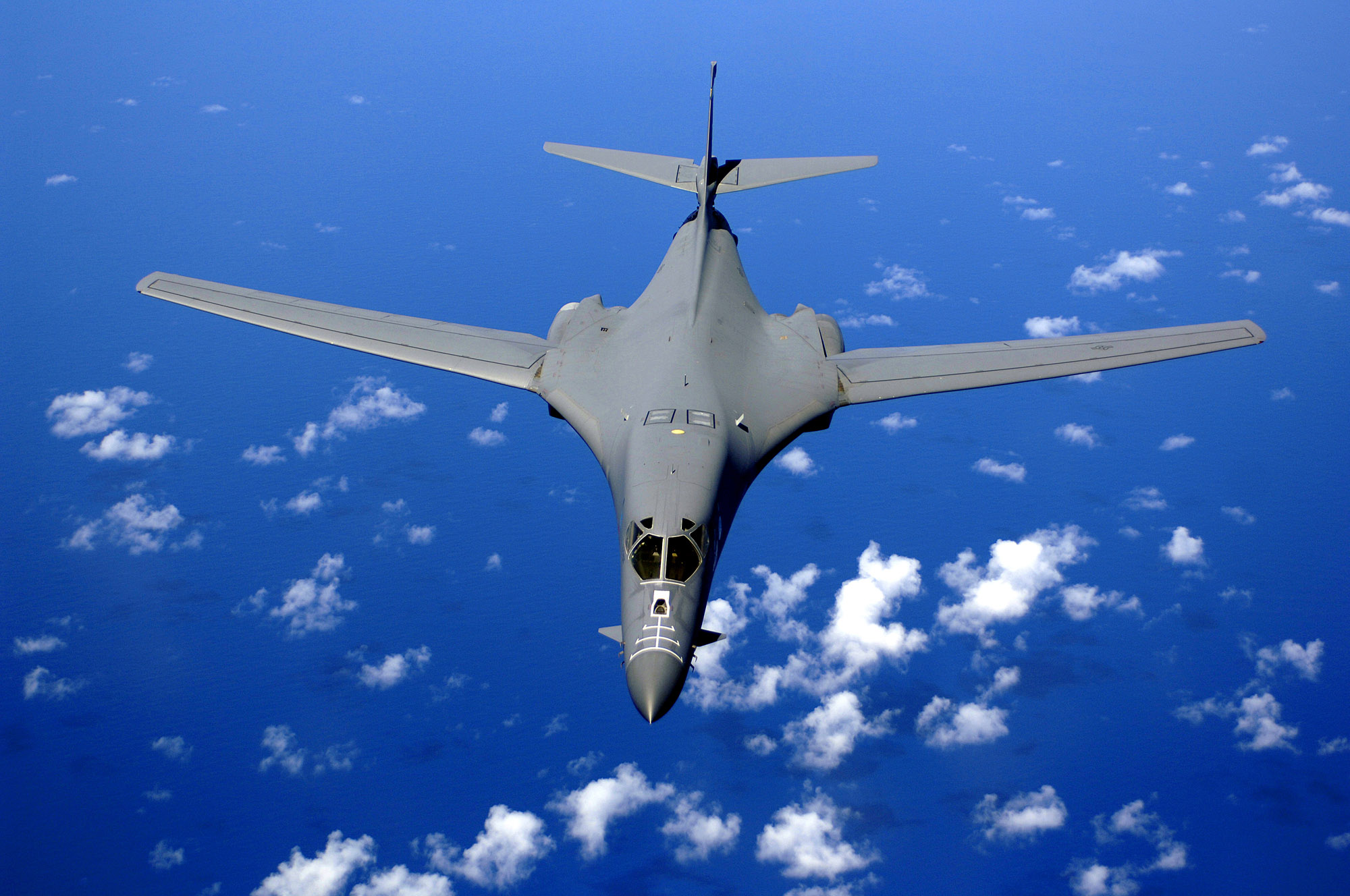I'm assuming 90 degree means side but whether 0 degree or 180 degree means front?
Stealth aircraft are usually designed with emphasis on front-aspect stealth so I'd assume the lower readings are its front signature.
I'm assuming 90 degree means side but whether 0 degree or 180 degree means front?
I guess 0 degree means looking at the front of the plane, 180 degrees means looking at the tail.I'm assuming 90 degree means side but whether 0 degree or 180 degree means front?
For subsonic bombers you want rear stealth to be as good or better than frontal stealth, because you need to get deeper behind an opponent's territory, and then slip back into your own air space without being detected. You also want to have better long wave stealth to hide from early warning radars.Stealth aircraft are usually designed with emphasis on front-aspect stealth so I'd assume the lower readings are its front signature.
That what-if was almost beaten to death in cjdby for its wishful but impractical stretch of J-20 design.
That what-if was almost beaten to death in cjdby for its wishful but impractical stretch of J-20 design.
One thing against it was the lengthened J-20 air intake, less stealthy and efficient than back-mounted intakes.
Another thing pointed out by cjdby members was the big canard inherited from J-20, unlike J-20 which uses canard for maneuverability, a bomber doesn't need it..

That was also asked and answered in the cjdby thread. The answer was that the tiny "wings" of B-1 is not a canard in function, but some sort of air flow stabilizing device. I remember I first read it in this forum. My understanding (from posts in SDF) is that a true canard is for maneuverability in the same function as tail planes, it has to be big and movable, the device on B-1 doesn't do the same thing as canard, nor resemble the characters of it.
The US Air Force B-1 Lancer uses canard.
Whether it's for stabilizing air flow or maneuvering it's still canard in design.yes, and that was also asked and answered in the cjdby thread. The answer was that the tiny "wings" of B-1 is not a canard in function, but some sort of air flow stabilizing device. I remember I first read it in this forum. My own understanding is that a true canard is for maneuverability in the same function as tail planes, it has to be big and movable, the device on B-1 doesn't do the same thing as canard, nor resemble the characters of it.
I will leave the definition of what is or is not a canard aside. I don't really care what a thing is called, but more into what they do.Whether it's for stabilizing air flow or maneuvering it's still canard in design.
